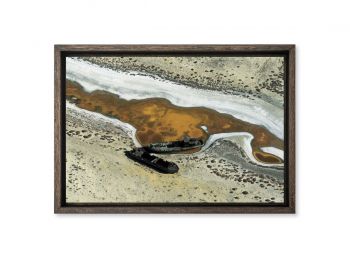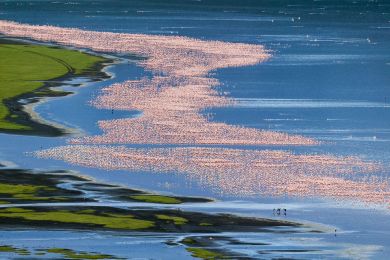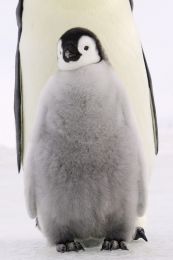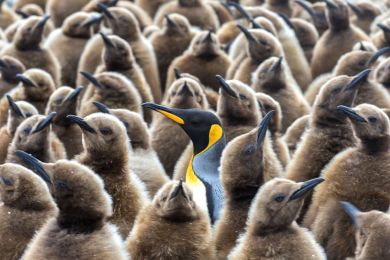By buying this product you can collect up to 178 loyalty points. Your cart will total 178 points that can be converted into a voucher of 35,60 €.
 View larger
View larger
Picture information
Stranded boat, Kazakhstan
Yann ARTHUS-BERTRAND
Art Photography by Yann ARTHUS-BERTRAND, stranded boat, Aral sea, Aralsk region, Kazakhstan. When the Aral Sea, shared by Kazakhstan and Uzbekistan was still the fourth largest endorheic lake (or inland sea) on Earth, it covered 25.675 square miles (66.500 square kilometers).
Data sheet
| Orientation | Landscape |
| Color | Yellow |
Stranded boat, Kazakhstan
Yann ARTHUS-BERTRAND
Art Photography by Yann ARTHUS-BERTRAND, stranded boat, Aral sea, Aralsk region, Kazakhstan. When the Aral Sea, shared by Kazakhstan and Uzbekistan was still the fourth largest endorheic lake (or inland sea) on Earth, it covered 25.675 square miles (66.500 square kilometers).
Fine Art Photography
Print by Experts
100 % Made In France
A recognized expertise, a search of permanent quality.
Printed by a professional photographic laboratory.
All prints are made to order, controlled by the Technical Director.
A certificate of authenticity is provided with each photograph.
Framework made by selected materials to give you the best results. every step of the processing is monitoring by experts.
Loyalty points
Gift Card
Don't miss the opportunity to do the best present...
The whole Yann Arthus-Bertrand photos available with Hemisgalerie gift card.
Lets your guest choose the best image.
Amount from 50 €, create and download directly on our website, valid for one year including promotions.
The original gift for all events
More info
When the Aral Sea, shared by Kazakhstan and Uzbekistan was still the fourth largest endorheic lake (or inland sea) on Earth, it covered 25.675 square miles (66.500 square kilometers). Following the building of dams to supply water to a large irrigation network for the area’s cotton monoculture in the 1960s, the rate of inflow of the Amu Darya and Syr Darya rivers to this sea was reduced worryingly; 60 percent of the Aral sea’s surface area and 75 percent of its water volume have disappeared and its shore lines have receded by between 37 and 50 miles (60 to 80 kilometers), leaving behind the hulks of trawlers which used to fish in its waters. The direct consequence of this drying out is that salinity has kept increasing over the past thirty years and is now at 1.06 ounce (30 grams) of salt per liter. That is three times the original concentration. This has caused the disappearance of over twenty species of fish. The salt-laden dust carried by the wind adds to desertification by burning all vegetation for hundreds of miles around. Since 2005, a sea wall has been built to retain the Amu Darya’s water and build up a small Aral Sea again in the northern part of the old sea’s basin. As salinity levels have decreased, several species of fish that had disappeared have returned and it is now possible to fish again.













































































